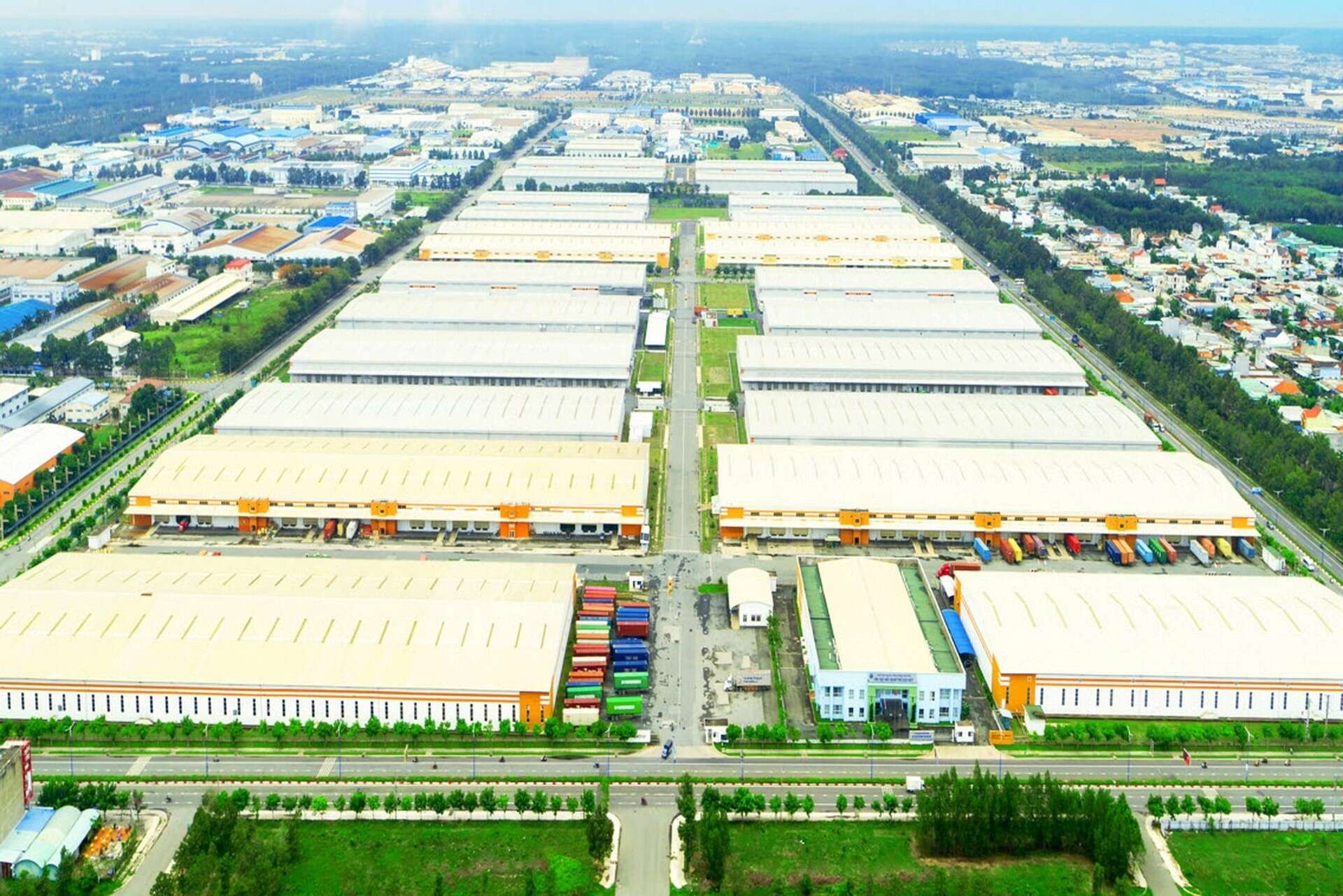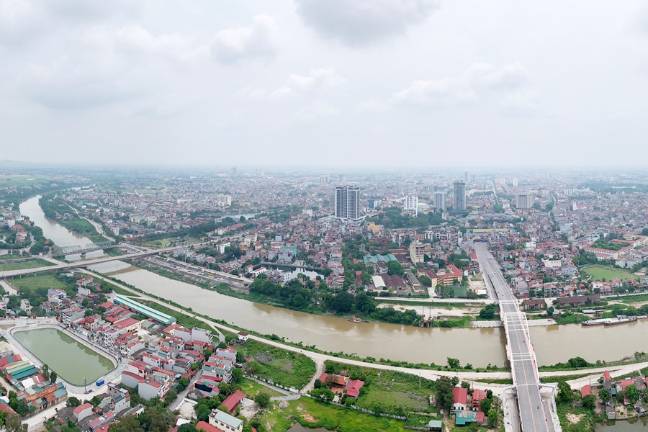The research findings from the 2024 Assessment of Public Disclosure of District-Level Land Use Planning and Provincial Land Price Tables in the Digital Environment (2021–2024) indicate a significant improvement in the public disclosure of land information on the official portals of provincial and district authorities across the country. This initiative is jointly carried out by the Center for Education Promotion and Empowerment of Women (CEPEW), the United Nations Development Programme (UNDP), and Real-Time Analytics (RTA).
The research aims to promote best practices in land information disclosure while providing evidence-based recommendations to enhance the implementation of the 2024 Land Law in line with digital transformation trends and the streamlining of administrative structures in Viet Nam. Under the 2024 Land Law and the 2016 Law on Access to Information, the public disclosure of land use planning, land use plans, and land price tables is a key responsibility of local governments, ensuring citizens' right to access information and advancing good land governance in Viet Nam.
 Publicity and transparency are the "remedies" to prevent corruption in the land sector and ensure effective management and maximum use of land resources (Source: Tuong Tu).
Publicity and transparency are the "remedies" to prevent corruption in the land sector and ensure effective management and maximum use of land resources (Source: Tuong Tu).Improving Land Information Transparency
After four years of research and evaluation across various localities, findings indicate a significant improvement in the public disclosure of land information on provincial and district-level government portals following four assessment rounds from 2021 to 2024.
As of October 6, 2024, 53 out of 63 provinces and centrally governed cities (84.13%) had published their land price tables on local government websites, marking a 41.23% increase compared to 2021.
Additionally, 70.9% of 704 district-level People’s Committees publicly disclosed their 2024 land use plans on district portals, reflecting a 23% increase since 2021. However, only 32.06% of these land use plans were published on time (before December 31, 2023).
Regarding district-level land use planning, 452 out of 704 districts (64.2%) have disclosed their 2021-2030 land use plans on official portals. Notably, Bac Giang Province is the only locality where all districts have consistently published land use plans across three evaluation cycles since 2022.
Based on these findings, the research suggests key recommendations to enhance land information transparency and governance. First, legal revisions are necessary to align existing land information access and disclosure regulations with the realities of the 2024 Land Law and ongoing administrative reforms. Second, investment in technology is crucial to ensure adequate equipment and software for efficient data collection, management, storage, and retrieval. Lastly, in light of government downsizing efforts and the potential elimination of district-level administrations, it is essential to adjust legal frameworks and develop integrated digital platforms at the grassroots level immediately after administrative mergers. These measures will help safeguard public access to land information and promote a more transparent and efficient land governance system in Viet Nam.
 Bac Giang is the only province where all districts maintain public district-level land use planning. Source: Hoai Thu.
Bac Giang is the only province where all districts maintain public district-level land use planning. Source: Hoai Thu.Towards transparency in land governance
On behalf of the research team , Ms. Tong Khanh Linh, the Deputy Director of CEPEW, emphasized the crucial role of land information disclosure in promoting transparent land governance and accountability.
As Viet Nam transitions to a two-tier local government model, provincial and grassroots-level administrations must take greater responsibility for ensuring accurate, comprehensive, timely, and easily accessible land information. Strengthening the implementation of the 2016 Law on Access to Information at all levels is essential, particularly by ensuring the allocation of competent personnel to handle public disclosures and respond to information requests.
Mr. Patrick Haverman, Deputy Resident Representative of UNDP in Viet Nam, noted that under the government's plan to eliminate district-level administrations and merge communes, provincial authorities must continue to disclose land information before, during, and after the administrative restructuring. Systematic investments in technical infrastructure will enable local governments to promptly update and maintain land information on official portals, ensuring that the public remains informed about the latest land use plans.